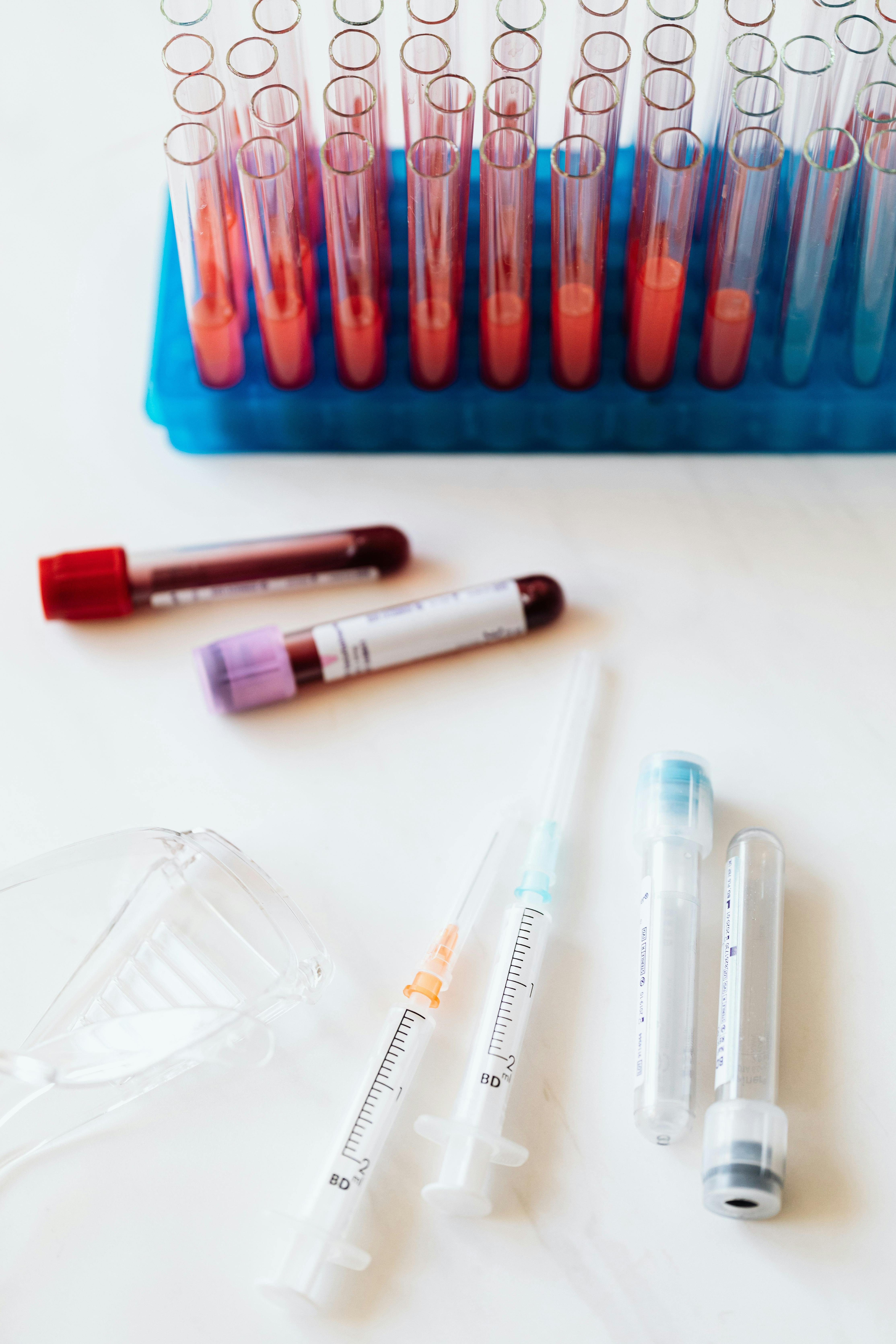Introduction
Table of contents
- Introduction
- Types of Aneurysm
- Causes and Factors of Abdominal Aortic Aneurysm
- Symptoms and complications of Abdominal Aortic Aneurysm
- Diagnosis and screening of Abdominal Aortic Aneurysm
- Treatment options
- Prevention
- Conclusion
The aorta, which emerges from the heart, is crucial in delivering blood that is rich in oxygen to every region of the body. Aorta Aneurysms develop when a section of the Aorta wall deteriorates and stretches, sometimes rupturing. Thoracic Aortic Aneurysms (TAA)
 |
| Illustration of Human body's Internal organs |
2)AbdominalAortic Aneurysm(AAA)
Abdominal Aortic Aneurysms (AAA) are the other forms of Aortic Aneurysms. When TAA happens, AAA has symptoms in the belly and chest. To understand the illness and its effects, it is essential to understand the anatomy and categorization of Aortic Aneurysms.polycythemia-vera
Causes And Factors of Abdominal Aortic Aneurysm
Age, gender, smoking, high blood pressure, atherosclerosis (hardening of the arteries), and genetic susceptibility are some of the factors that might cause an Aortic Aneurysm to form. Male gender and advanced age are significant risk factors, with males over 65 having a greater likelihood. Smoking weakens artery walls and speeds up atherosclerosis, which raises the risk of developing an aortic aneurysm. Aortic Aneurysms are genetically predisposed, as evidenced by the elevated risk for those with a family history of the ailment. It is essential to comprehend these causes and risk factors.
Several imaging techniques are used to diagnose aortic aneurysms in order to establish their existence, ascertain their size and location, and track their development. Commonly used diagnostic techniques include ultrasound, computed tomography (CT) scans, magnetic resonance imaging (MRI), and angiography. For those who are most at risk, routine screenings are crucial since they allow for early diagnosis and condition monitoring. The implementation of effective treatment plans and the reduction of potential dangers both depend on the early detection of an aortic aneurysm.
Prevention:
While age and family history are uncontrollable risk factors for aortic aneurysms, living a healthy lifestyle can dramatically lower the risk or slow the development of the condition. A healthy lifestyle,health-awareness. includes giving up smoking, controlling high blood pressure, keeping a healthy weight, exercising frequently, and eating a heart-friendly diet. These lifestyle modifications not only benefit those who already have aortic aneurysms but also improve cardiovascular health in general.
Conclusion:
abdominal-aortic-aneurysm to avoid its potentially fatal complications, an aortic aneurysm is a significant medical problem that requires awareness, early discovery, and appropriate therapy. Individuals can effectively manage aortic aneurysms by being aware of the causes, identifying the symptoms, and getting help as soon as possible. Reducing the risk of rupture and raising the general quality of life need regular screenings, lifestyle changes, and attention to medical advice. Remember, when it comes to aortic aneurysms, awareness, and preventative steps can save lives.



No comments:
Post a Comment